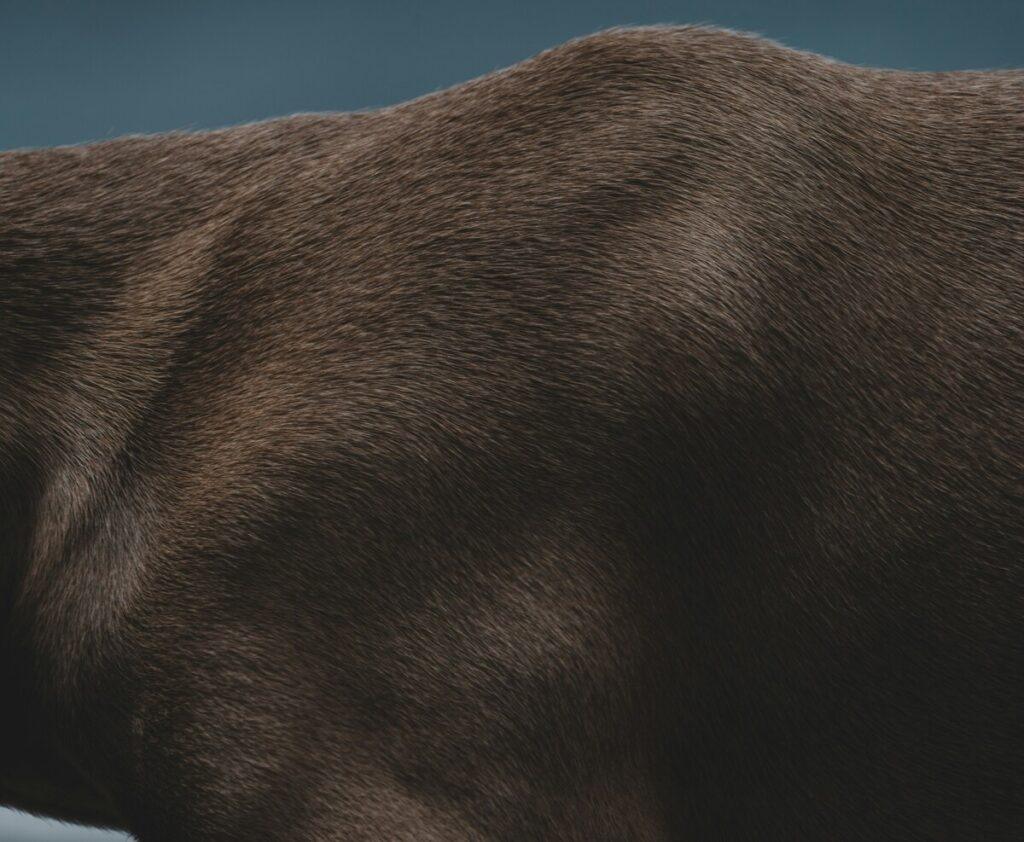Common skin problems in dogs are among the most frequent health concerns, affecting breeds of all sizes and ages. From minor irritations to chronic conditions, understanding the causes, symptoms, and treatments of canine skin problems is essential for every dog owner. This guide delves into the most common skin ailments, helping you identify and address them promptly to ensure your dog’s comfort and health.
Identifying common skin problems in dogs early is crucial to ensure proper treatment and comfort.
According to the American Kennel Club (AKC), many skin conditions can be managed or prevented with proper care.
What Are Common Skin Problems in Dogs?
1. Allergic Dermatitis
Allergic dermatitis occurs when a dog’s immune system overreacts to allergens such as pollen, dust mites, certain foods, or flea saliva. Symptoms include intense itching, redness, and inflammation. Regular grooming and hypoallergenic diets can help manage this condition.
2. Flea Allergy Dermatitis
This is a specific allergic reaction to flea bites, leading to severe itching and skin irritation. Even a single flea bite can trigger a reaction in sensitive dogs. Consistent flea prevention and prompt treatment are crucial.
3. Hot Spots (Acute Moist Dermatitis)
Hot spots are inflamed, infected areas of skin that appear suddenly and can spread rapidly. They are often caused by excessive licking or scratching due to underlying issues like allergies or insect bites. Treatment involves cleaning the area, preventing further irritation, and addressing the root cause.
4. Mange (Demodectic and Sarcoptic)
Mange is caused by mites and leads to hair loss, redness, and scabbing. Demodectic mange is typically not contagious, while sarcoptic mange (scabies) is highly contagious to other animals and humans. Veterinary diagnosis and treatment are necessary.
5. Yeast Infections
Yeast infections often affect areas like ears, paws, and skin folds, leading to itching, discoloration, and a distinct odor. They thrive in warm, moist environments and can be managed with antifungal treatments and proper hygiene.
6. Ringworm
Despite its name, ringworm is a fungal infection that causes circular patches of hair loss and scaly skin. It’s contagious to other animals and humans. Treatment includes antifungal medications and thorough cleaning of the environment.
7. Dry Skin
Dry skin can result from environmental factors, poor nutrition, or frequent bathing. Symptoms include flaking, itching, and dull coat. Ensuring a balanced diet and using moisturizing shampoos can alleviate dryness.
8. Dandruff (Seborrhea)
Seborrhea causes flaky skin and can be either dry or oily. It may be a primary condition or secondary to other issues like allergies or hormonal imbalances. Treatment involves medicated shampoos and addressing underlying causes.
9. Bacterial Infections (Pyoderma)
Pyoderma is a bacterial skin infection that presents as pustules, redness, and hair loss. It often occurs secondary to other skin conditions. Antibiotic therapy and treating the primary issue are essential for recovery.
10. Lick Granulomas
These are sores caused by excessive licking, often due to boredom, anxiety, or underlying pain. Treatment includes behavior modification, addressing the root cause, and sometimes using deterrents or protective coverings.

How to Prevent Common Skin Problems in Dogs
- Regular Grooming: Keeps the skin and coat healthy.
- Balanced Diet: Ensures proper nutrition for skin health.
- Flea and Tick Control: Prevents infestations that can lead to skin issues.
- Bathing: Use appropriate shampoos and avoid over-bathing.
- Regular Veterinary Check-ups: Early detection of potential problems.
When to Consult a Veterinarian
If your dog exhibits persistent itching, redness, hair loss, or any unusual skin changes, it’s essential to consult a veterinarian. Early diagnosis and treatment can prevent complications and ensure your dog’s well-being.
Related Article
For more information on recognizing signs of illness in dogs, read our comprehensive guide: How to Recognize Signs of Illness in Dogs: Early Warning Signs Every Dog Owner Should Know.



